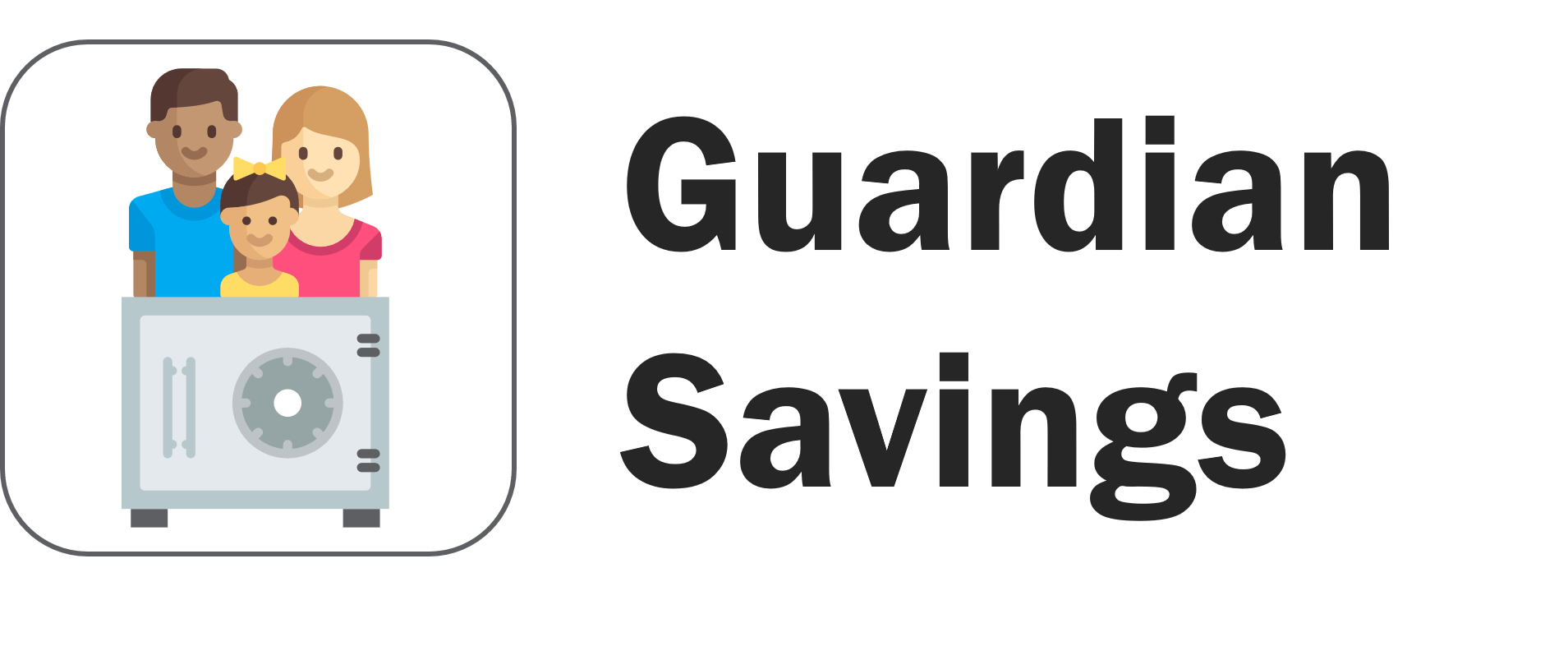It’s Time to Finally Retire the Piggy Bank
Many kids keep their savings in a piggy bank. “How much money is in the piggy bank?” You may ask… you'll have to wait five minutes while your child counts all the bills and coins and then another five because they lost count halfway through. Does your child want to buy something at the store? The piggy bank is at home so you’ll have to deal with an upset child or an IOU of questionable reliability. So why do many of us use the piggy bank, a 600-year-old invention, as the main tool to introduce our kids to money?
Well, it’s the way we have always done it. When this is the answer to a question, it is most likely that the solution is one that worked a hundred years ago but is not ideal for our modern world.
Piggy Banks have been around since the medieval times and yet they are still in use today (image generated by AI)
Before talking about replacement solutions, let’s identify what we want to teach our kids about money. Here’s our list:
Control impulses and differentiate needs from wants
Spend money on things that TRULY make us happy; avoid spend that does not
Think about money and wealth from a long-term perspective
Master compounding interest and investing for financial freedom
It’s a tall order. Too many people do not learn the above principles early on, and they end up with unhealthy financial habits well into adulthood. Today, we must move beyond the piggy bank and ensure our children receive financial education and training as soon as they become aware of money. So how should we teach kids about money?
“Practice makes perfect”
As the saying goes, “practice makes perfect” so we should strive for a solution that makes it easy for kids to access their money and one that imitates real life. The real-life future of money is not cash; it is banking on your smartphone. Therefore, our ideal solution is a mobile app so that when our kids get real bank accounts they are already familiar with what to do.
To make it easy for our kids to practice, we shouldn’t gate-keep our kids’ spending. Instead, we should give them frequent opportunities to consider a spending decision, make a priority call, and potentially learn from a mistake. We can then coach our kids through their decisions so they learn from them at a young age, when the stakes are lower and lessons are more easily internalized.
That’s why we build our app, Guardian Savings. It isn’t a real bank – but feels like one for children using it. It works by keeping track of how much cash your children deposit with you, the parent. So when you’re out and about and your child wants to spend their money, they log the transaction in the app and get the cash or card from you.
Beyond making you the bank, Guardian Savings has an interface that is designed to shift and subliminally nudge your child’s thinking toward responsible habits. For example, kids' savings are framed in a long-term view, helping kids think about money in terms of years rather than weeks. Parents can pay a lucrative interest rate, helping kids decide to save on their own, rather than doing so because they are told. Analytics that analyze kids’ spending behavior help illustrate saving vs spending over time and can be great coaching points to help them understand long-term effects of their habits. Plus, automatic allowance means parents never forget to pay allowance again.
Can your piggy bank do any of that? I didn’t think so!
Just like saving for retirement, your child’s financial literacy education should start early. Don’t put it off! Get rid of the piggy banks, download Guardian Savings, and let us help you!


